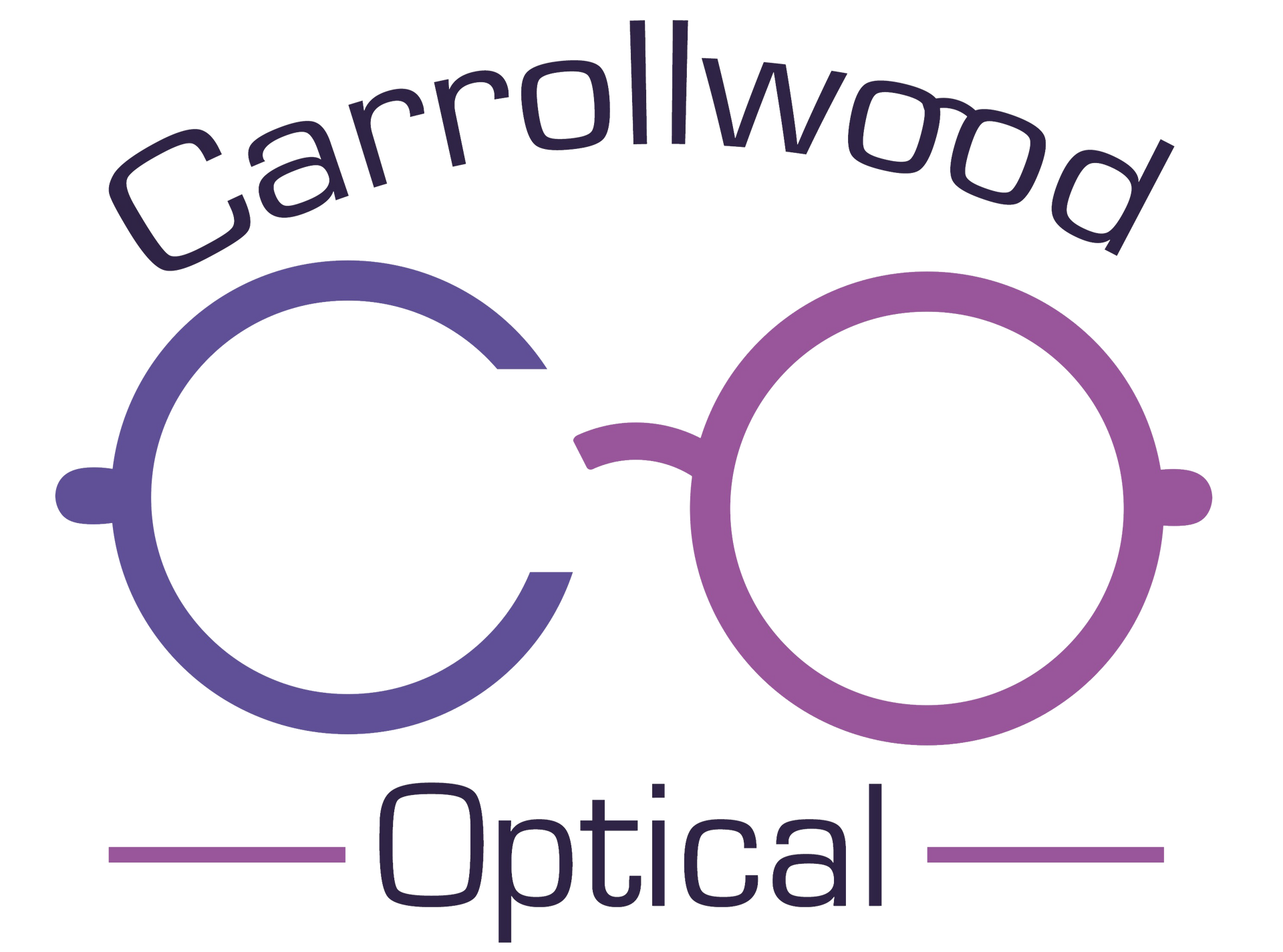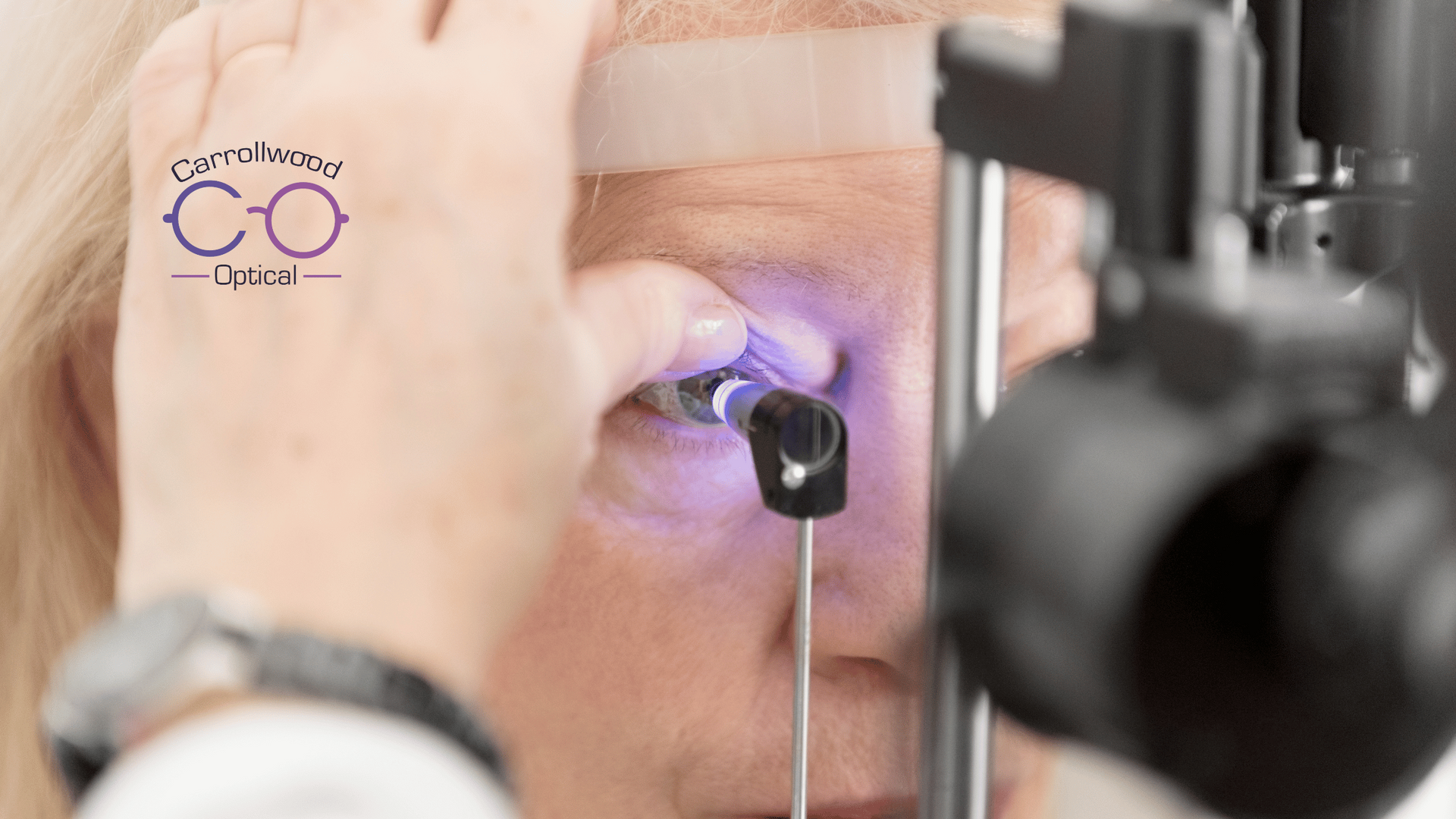Age-Related Macular Degeneration: Discover 8 Need-To-Know Facts.
Greetings from Carrollwood Optical ! Did you know February is Age-Related Macular Degeneration (AMD) Awareness Month ? If you’re like most people, you probably answered no – and that’s okay – it’s likely why people invented “awareness” months! In this blog, we explore this common eye condition that impacts millions around the world. We’ll unravel the intricacies of macular degeneration , covering its background, causes, prevalence, symptoms, risk factors, treatment options, and prognosis. Our aim is to provide you with a comprehensive understanding of AMD, blending professional insights with practical advice for maintaining eye health .
What Is Age-Related Macular Degeneration?
Age-Related Macular Degeneration is a progressive eye condition affecting the macula , the part of the retina responsible for sharp, detailed central vision. It’s a leading cause of vision loss among individuals aged 50 and older, significantly impacting their quality of life. AMD comes in two main forms:
- Dry AMD is the most common type, accounting for approximately 80% of total AMD cases. It is characterized by the slow breakdown and thinning of the macula and the accumulation of small clumps of protein called drusen . In Dry AMD, you slowly lose your central vision.
- Wet AMD is much less common than Dry AMD, but is significantly more serious. It is marked by the growth of abnormal blood vessels beneath the retina that often leak blood or other fluids and result in scarring of the macula. In Wet AMD, you lose your central vision faster than Dry AMD.
What Causes It?
While the exact cause of macular degeneration remains elusive, a combination of genetic and environmental factors plays a significant role. Aging is the primary risk factor , with genetic predisposition, smoking, and a diet low in antioxidants contributing to the development and progression of AMD. Understanding these factors is crucial in adopting preventive measures and maintaining eye health.
Who Gets It?
Age-Related Macular Degeneration is a global concern, with an increasing prevalence due to the aging population. According to the National Eye Institute (NEI), it’s estimated that over 2 million Americans aged 50 and older have advanced AMD, and the numbers are expected to rise significantly in the coming decades. The economic and societal burden of AMD underscores the importance of awareness and proactive eye care.
Why Does It Happen?
The macula is vital for central vision , allowing us to read, recognize faces, and see fine details. In AMD, the cells of the macula start to break down, leading to blurred or distorted vision. In wet AMD, abnormal blood vessels grow beneath the retina, leaking blood and fluid, further compromising vision. Understanding the underlying mechanisms helps in appreciating the significance of early detection and intervention.
How Does It Present Clinically?
The symptoms of macular degneration often develop gradually , and individuals may not notice changes until significant vision loss occurs. Common signs include:
- Difficulty reading
- Distorted or blurry vision
- Dark or empty spots in the central vision
- Changes in color perception
- Regular eye exams are essential for early detection, as early-stage AMD may not present noticeable symptoms.
Who’s At Risk?
Several factors increase the risk of developing AMD. As the name suggests, age is a primary factor for AMD , with the risk significantly rising after the age of 50. Genetics also play a role, as individuals with a family history of AMD are at a higher risk. Smoking is a modifiable risk factor, and a diet rich in antioxidants, vitamins, and minerals can contribute to maintaining eye health.
How Do You Treat It?
While there is no cure for AMD, early intervention and management can slow down its progression and preserve remaining vision. AMD treatment options vary depending on the type you have. For dry AMD, lifestyle modifications, dietary supplements, and regular eye exams in Tampa, FL are essential. Wet AMD often requires injections of anti-VEGF medications to inhibit the growth of abnormal blood vessels. Low vision aids and rehabilitation services can also enhance the quality of life for individuals with advanced AMD.
What Can Happen in The Long Run?
The prognosis of AMD depends on various factors, including the stage of the disease at diagnosis and the effectiveness of management strategies. Early detection, lifestyle modifications, and adherence to treatment plans contribute to better outcomes. However, advanced AMD can lead to significant vision loss, underscoring the importance of routine eye exams and proactive eye care.
5 Practical Tips to Help Prevent Macular Degeneration.
- Regular Eye Exams. Schedule comprehensive eye exams , especially if you’re over 50 or have a family history of AMD.
- Healthy Lifestyle Choices. Quit smoking, maintain a balanced diet rich in antioxidants, and manage conditions like hypertension and diabetes .
- Protect Your Eyes. Wear sunglasses with UV protection and use proper eye protection when engaging in activities that pose a risk of eye injury.
- Know Your Family History. Be aware of your family’s eye health history and share this information with your eye care professional.
- Monitor Your Vision. Pay attention to any changes in your vision, and seek professional help if you notice distortions, blurriness, or other unusual symptoms.
As always, your Tampa optometrists at Carrollwood Optical encourage everyone to prioritize their eye health. Awareness is the first step in preventing vision loss associated with AMD . By understanding the risk factors, recognizing symptoms, and adopting healthy lifestyle choices, you can take proactive steps towards maintaining clear vision.







